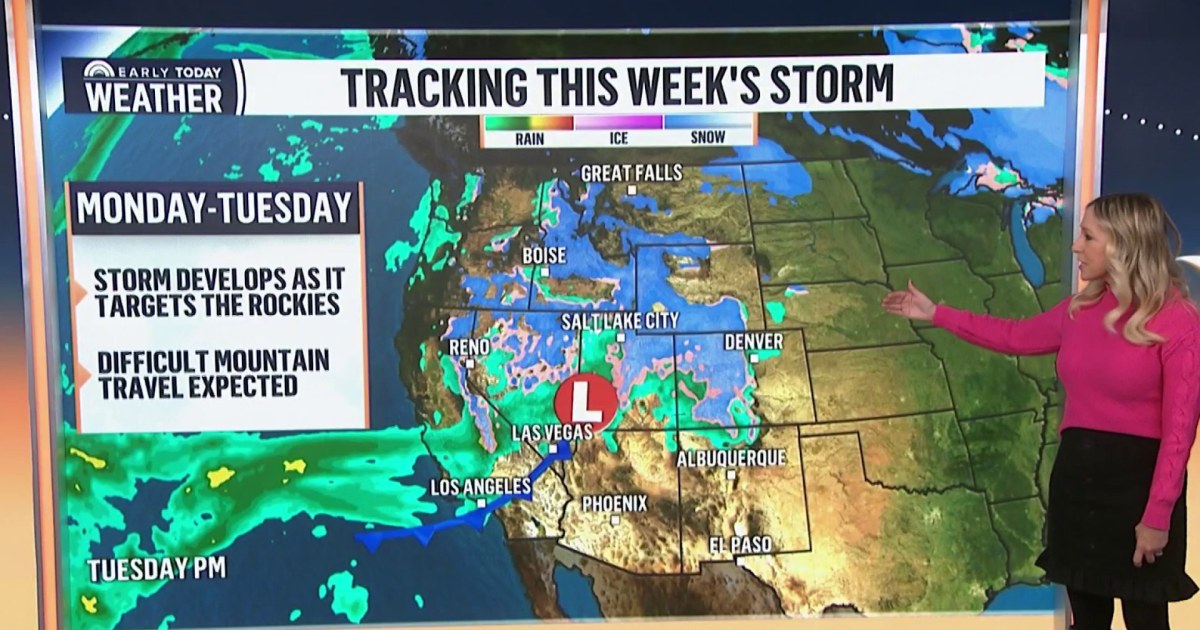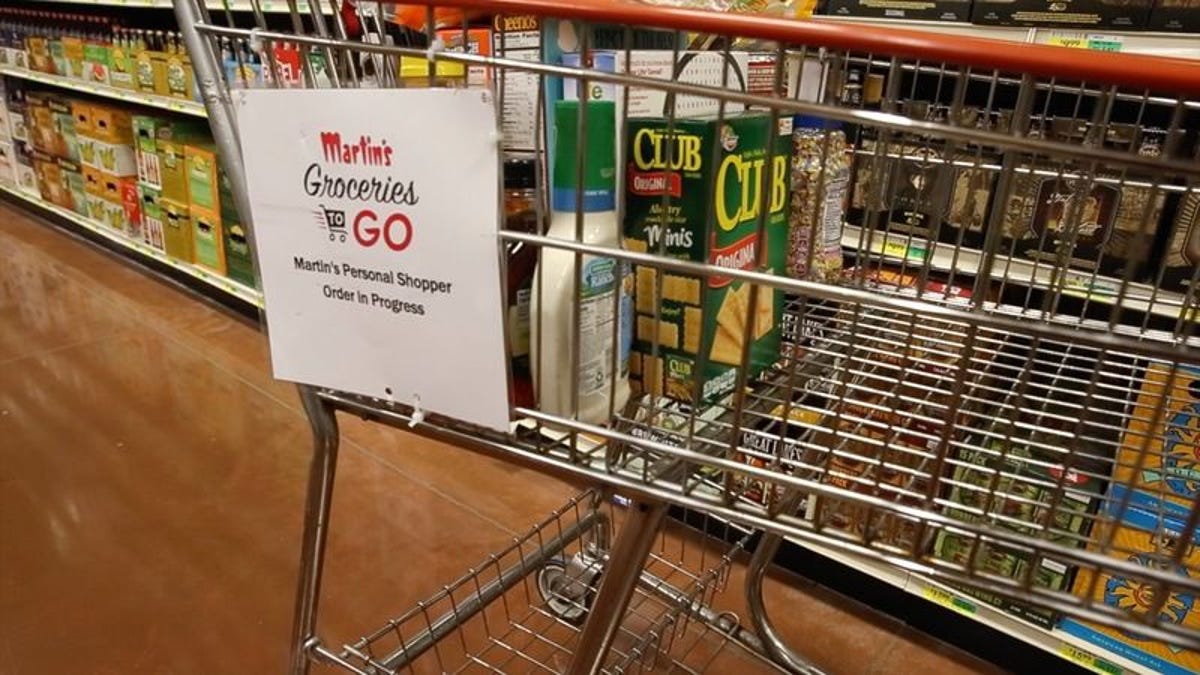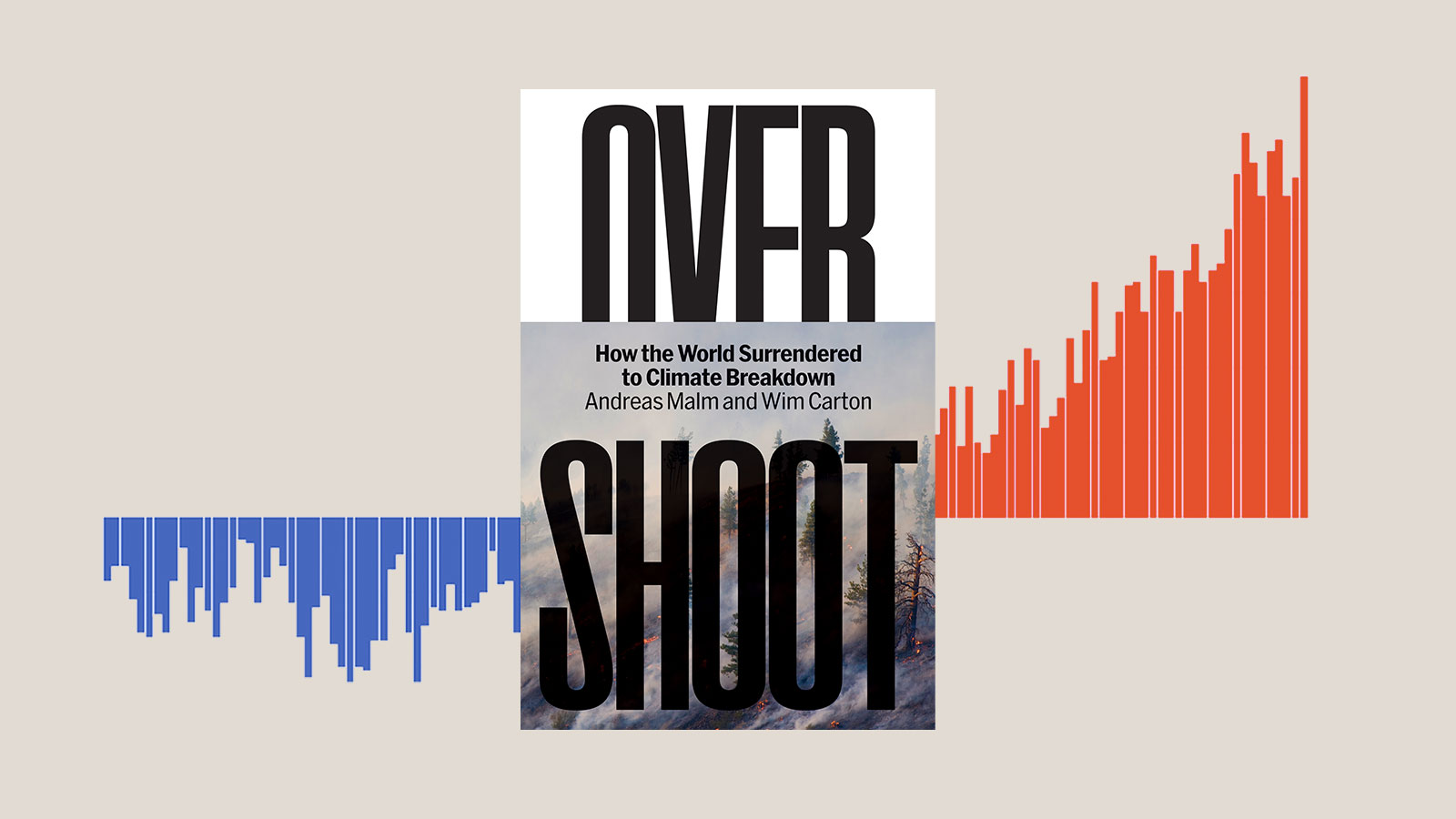On Sundays, I go to the grocery store. I swipe my credit card and I instantly have the groceries I need for the week. On weekday mornings, I get a coffee. I swipe my credit card and I have my fix of caffeine for the day.
As my card taps the monitor or glides through the register, I receive the goods I rely upon with instant gratification. With each busy day that goes by, I depend on this simple economic relationship. As a consumer, I work for the money I need to purchase the items that sustain my life. The producers then utilize this money to further fuel their production processes, creating a transactional exchange. Out flows the goods, and in flows the money.
The more one thinks about this, the more overwhelming it becomes. Cash goes in, cash goes out — every single day, by every person in the country and world, 365 days a year. More and more we accumulate. We harvest a plot of land, generate the crops and choose a new pasture the following year. The old plot of land gets left behind, the next one gets utilized and the following one gets scouted.
I go to the store to buy my vegetables grown on a plot of land that will soon be degraded, leaving the soil and the ecosystems around it forever changed. I bring my “reusable” bag, load it with my produce, and go home. In a couple of months, the bag may start to get old, so I’ll get a new one. I swipe my card, and now I have a new bag for the next couple of months.
When you start to think about the number of times in a day and in a week you swipe your card, it starts to become almost too much to grasp. We are dependent on this market exchange, in which the goods we constantly purchase utilize vast amounts of natural resources to make it on the shelves for our easy access. Shopping, by definition, is the action or activity of purchasing goods from stores.
To shop, in essence, means to buy. To buy a product from a store entails purchasing something brand new. Buying something new depends on extracting new materials rather than reusing old ones. If we are always extracting new goods to fuel consumer culture, how can shopping ever become sustainable? There is a structural dissonance between consumers and our effects on the natural world, as well as the people and processes that produce the goods we consume.
Oftentimes, businesses will label themselves as “green” or “sustainable” to entice consumers into buying their products. When buyers believe they are buying something that is better for the environment than the alternative, they may feel better about themselves. They therefore feel less responsible for the environmental impacts they cause when purchasing a good, continuing to opt for “cleaner” options.
Electric vehicles, or EVs, are heavily advertised as the environmentally friendly form of transportation. Unfortunately, what is often left out of this conversation is the harmful environmental consequences that come alongside the production and use of EVs. EVs rely upon the extraction of lithium to generate the batteries they rely upon to run. Lithium extraction is extremely energy intensive and causes water depletion, pollution and habitat loss. This is just one of the negative effects of EV usage, showcasing that we often fail to discuss the costs of new marketed greener technology.
Many of these “cleaner” options aren’t much better for the environment than their counterparts, a phenomenon known as greenwashing, in which businesses falsely label their products to attract more consumers. Using a product that is labeled as being more sustainable will not solve the root cause of our contributions to climate change.
Moreover, it is a Band-Aid solution that doesn’t target the real truths that hide beneath consumerism. Even though we may (falsely) believe that we are becoming more conscious consumers, the real problem of continual extraction of natural resources is still very much apparent. For individuals who do not have the means to spend money on a reusable bag or cleaner alternatives, they often end up having to use the more environmentally harmful (cheaper) products.
It is often hard to escape our dependent relationship on this easy transactional consumer culture, prompting me to wonder if shopping, as a practice, can ever adapt to the changing needs of our new world. With so many people going in and out of storefronts everyday, and the emerging easy access to online shopping, it seems we are headed in the wrong direction.
More awareness of one’s own consumption and stake in this evolving landscape should become a necessity as we head further into the 21st century. For now, thinking about the ways in which you shop is a stepping stone toward changing practices for yourself and those around you into the future.





/cdn.vox-cdn.com/uploads/chorus_asset/file/25080265/111323_PlayStation_Portal_ADiBenedetto_0004.jpg)





